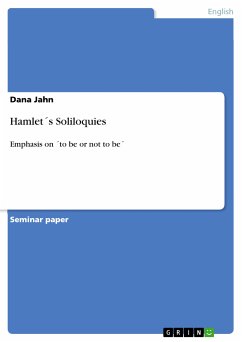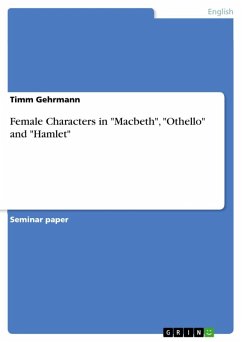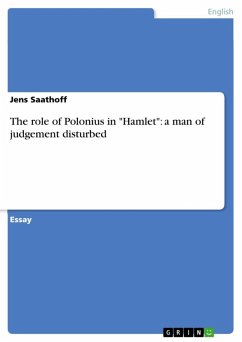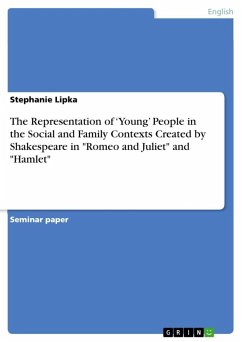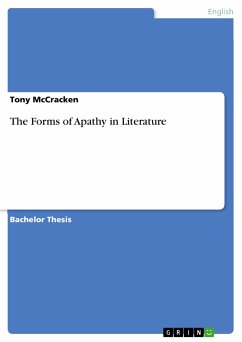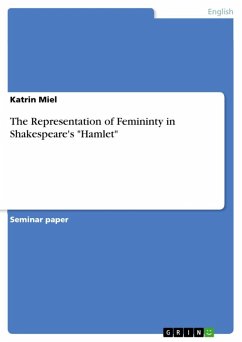Seminar paper from the year 2009 in the subject English Language and Literature Studies - Literature, grade: 1,0, University of Vechta, language: English, abstract: William Shakespeare¿s ¿Hamlet¿ is of great cultural significance. It was published around 1600/1601, marking the transition from the 16th to the 17th century. It reflects upon spiritual and cultural conflicts of the Elizabethan period more intensively than any other literary work. It includes a variety of philosophical, theological, political, literary and general references. With Hamlet, a new form of interiority is born, "the sense of being inside a character¿s psyche and following it¿s twists and turns." This interiority is predominantly shown to the audience by the use of soliloquies. Shakespeare¿s lifework includes a great variety of soliloquies. Hamlet is commonly associated with one phrase: ¿to be or not to be`. In this work, I am going to give an overview of Hamlet¿s soliloquies, concentrating on `to be or not to be¿. Before that, I am going to briefly explain the difference between soliloquy and monologue.
Dieser Download kann aus rechtlichen Gründen nur mit Rechnungsadresse in A, B, BG, CY, CZ, D, DK, EW, E, FIN, F, GR, HR, H, IRL, I, LT, L, LR, M, NL, PL, P, R, S, SLO, SK ausgeliefert werden.

